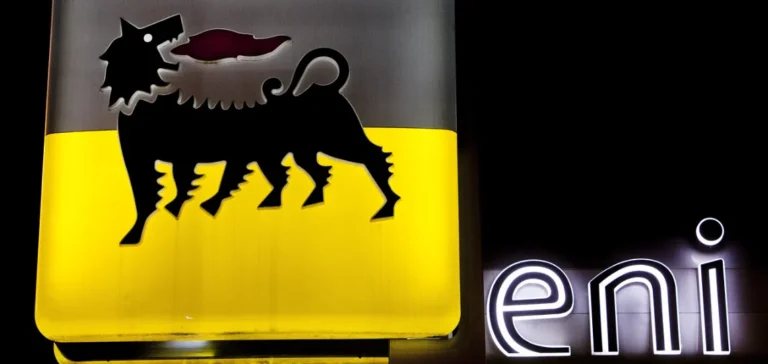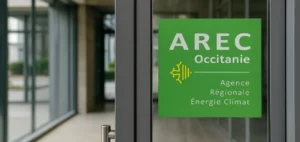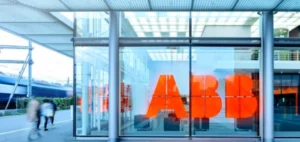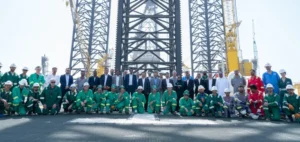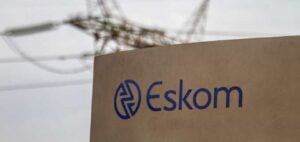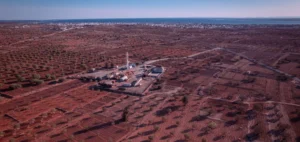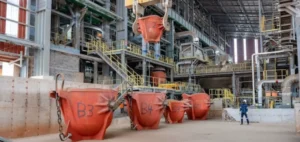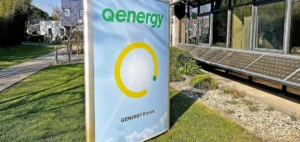The Italian group Eni, a central player in the oil and gas sector, saw its net profit fall by 18% in the second quarter to €543mn ($590mn). This contraction is mainly due to the fall in oil prices and the persistent weakness of the dollar, both factors weighing on the group’s overall performance during the period.
Model adaptation in the face of market tensions
Eni’s revenue fell by 14% over the quarter, reaching €18.76bn ($20.3bn). Over the first six months of the year, the group posted a net profit of €1.71bn ($1.86bn), down 8% compared to the previous year, while revenue reached €41.33bn ($44.77bn), down 7%. Adjusted net profit, excluding exceptional items, also declined by 25% in the second quarter to €1.13bn ($1.23bn) and fell by 18% over the half-year to €2.54bn ($2.75bn).
In response to these changes, Eni has chosen to strengthen shareholder returns by announcing a 5% increase in the dividend, to €1.05 per share for the current year.
Stable production targets and renewable growth
The group has confirmed its annual hydrocarbon production target, set at 1.7mn barrels of oil equivalent per day, despite a decrease of 3% in the second quarter and 4% over the half-year. This direction illustrates Eni’s intent to maintain a stable trajectory, despite energy price volatility and the impact of currency fluctuations.
At the same time, Eni continues its diversification with the development of its renewable energy capacity. Installed capacity in this segment increased by 45% year-on-year to reach 4.5 gigawatts in the first half, underlining the strategic importance of this area within the group’s portfolio.
Market reaction and operational outlook
Following the results publication, Eni’s share price remained stable on the Milan stock exchange as the market remained subdued. Decisions regarding dividends and investment in the energy transition are being closely watched by institutional players and specialised analysts.
Chief Executive Officer Claudio Descalzi stated in the press release that the strength of the second quarter results is explained by the group’s ability to adapt to what he described as a challenging environment, while staying on track with its operational roadmap.


